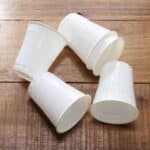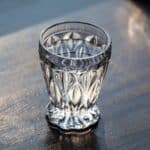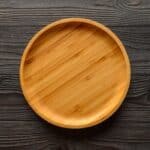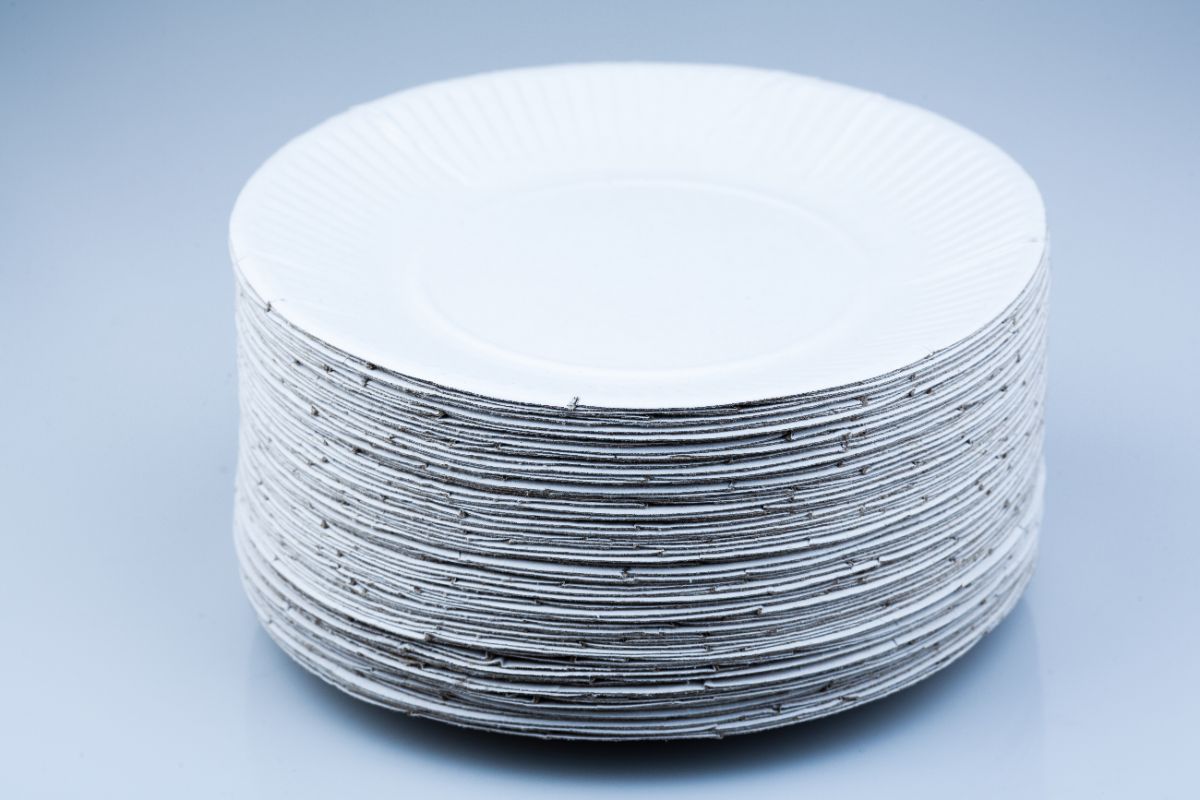
In the past few years, there have been increasing concerns about potentially hazardous chemicals leaching into foods from microwave containers.
Most of these concerns focus on plastic containers, especially those containing phthalates or bisphenol-A (BPA).
Therefore, it is important to know the different products available for heating foods in the microwave to choose the best product that can meet your needs without compromising your health.
An excellent example of such a product is a paper plate. Apart from being a plate that is safe to use in the microwave, a paper plate also offers a more convenient option.
Advantages of using paper plates in a microwave
Paper is a great material for heating foods in the microwave due to several reasons. It won't get painfully hot, like ceramics and glass, and it also won't melt as plastic dishes tend to.
Also, it won't create the alarming pyrotechnics associated with putting metal products in the microwave.
Unlike other options, you can heat dry foods directly on the paper plate. Moreover, placing store-bought microwaveable meals under a paper plate will make them easier, safer, and more convenient to handle once they have been heated.
Many scientific discoveries have found out that heating polystyrene and plastics in the microwave may release toxins into your food. The side effects of exposure to these toxins include fatigue, malaise, headache, drowsiness, confusion, dizziness, feelings of intoxication, and difficulty concentrating.
This is where paper plates come in handy. According to the U.S. Department of Agriculture (USDA), paper plates are safer to microwave than plastics or polystyrene.
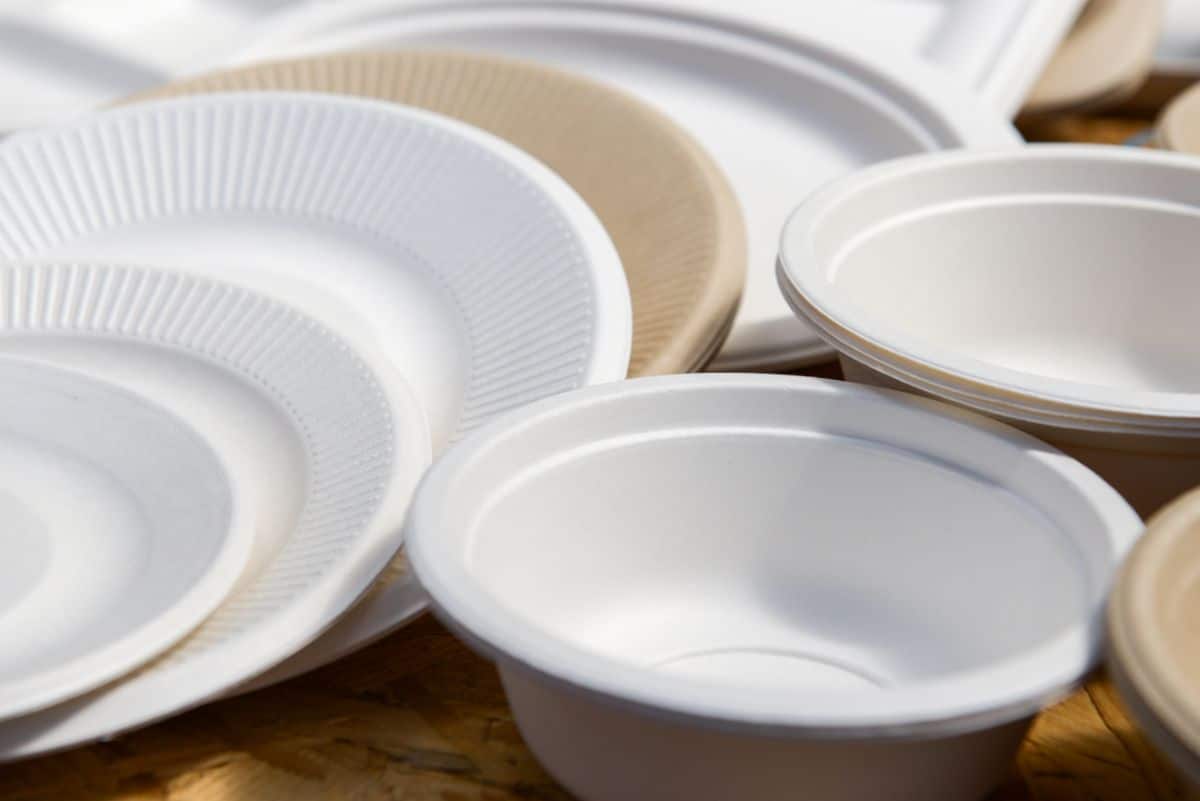
There is no scientific proof to suggest that a paper plate releases toxic substances when heated.
However, it is advisable to use plain paper plates in the microwave rather than those that have been bleached, dyed, or patterned. Although the paper plates themselves are safe to use in a microwave, that isn't the case for the inks and dyes used on printed plates.
Paper plates are not susceptible to melting. A microwave works by generating electromagnetic radiation, which sends water molecules into vibration. As these molecules vibrate, they make the substance containing them heat up. The electromagnetic radiation can also heat the water molecules in heating products, such as polystyrene and plastic.
Consequently, polystyrene products heated in a microwave may become warped, and plastics that are not microwave safe may melt.
Sometimes even microwave-safe plastic containers may melt if you leave them in a microwave oven for too long.
How to Microwave Paper Plates - It is advisable to use paper plates for reheating foods or leftovers only, not for cooking. - When reheating foods in a microwave using paper plates, you should limit heating times to 1-2 minutes.
Prolonged heating times might make the juices coming from the food soak into your paper plates. This can damage the structural setup of the plate and make the plate too hot to touch.
- When heating food items with a thick encasing or shell in the case of an egg, pierce through the barriers to enable heat to easily pass through, as the pent-up pressure may make it explode.
Make sure to use caution, but YES, paper plates can be microwaved!
Sources:
https://www.leaf.tv/articles/is-it-safe-to-microwave-paper-plates/
http://www.ehow.com/info_7928932_dixie-plates-toxic-microwave.html

